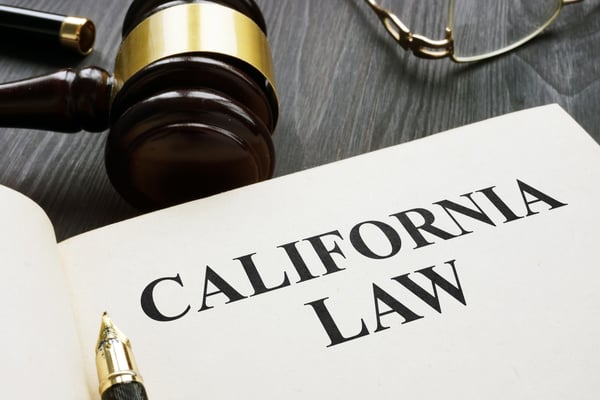Last year, California passed legislation that alters civil discovery procedures and significantly impacts discovery for all litigants in state court. This change in the state court rules of civil procedure essentially makes it mandatory for the producing party to identify the specific discovery request to which each and every document is responsive. Many fear this new rule will exponentially increase the cost and burden of discovery requests. The good news is there’s a simple solution: use technology to easily automate the process. In this blog, I’ll discuss a brief overview of the rule, the potential impact, and how technology can save the day and provide an automated and cost-effective solution.

The Rule
Beginning on January 1, 2020, California’s Code of Civil Procedure § 2031.280 was amended by legislation S.B. 370 to make it a requirement that documents planned for production identify “the specific request number to which the documents respond.” Prior to this rule (and as is the case in the majority of jurisdictions both in federal and state courts), documents could either be produced as they are maintained in the usual course of business, or organized to correlate with the categories in the discovery demand. By mandating this new way of organizing and labeling documents, S.B. 370 marks the establishment of a major new requirement for document productions and impacts all pending and active cases that are subject to California’s Civil Discovery Act. Of note, the new rule is vague on the procedural front and fails to identify how exactly litigants should fulfill the requirements, leaving open questions that courts will likely need to address in the future.
Potential Impact
The rule change is weighted towards the goal of saving the requesting party time and streamlining reviews so that large quantities of documents aren’t received without any indication of which discovery request they relate to. Litigants are also concerned, however, that a heavy burden in terms of time and cost is created by S.B. 370 for producing parties. Imagine a case involving a large-scale ESI production with thousands upon thousands of documents where the producing party must go through and manually identify every document and exactly which request it is responsive to. The time it would take to manually organize a large production at this level would almost certainly greatly increase the length of the review due to the challenge that is involved with manually determining how each document correlates to a specific discovery demand. Ultimately, the biggest potential impact of S.B. 370 is higher litigation costs as a result of a lengthened review if a manual process is left in place.
The Solution
When contemplating the bigger burden this new rule might place on producing parties, there’s also a unique opportunity that presents itself. With the use of technology, large reviews can be managed with an automated solution that would decrease the time from review to production and reduce costs. At a high level, the solution would entail:
- Identify the Issues - Identifying a comprehensive list of issues involved in the review.
- Map the Issues - Once the issues are understood, they would be mapped to a numbered list of specific discovery requests.
- Review and Tag - Armed with that organizational structure, the reviewers would conduct their document review and tag the documents by issue as per usual. At the completion of the review, the solution would automatically link the documents to each category based on the original map we created at the commencement of the review.
- Report Back - A report could also be generated to be provided with the final production set. That list could be produced in a sortable spreadsheet or it could be automated to connect to separate tags within the review database so it could be searched as contemplated.
With S.B. 370 now in effect, it’s important to set up an automated process that will address the changes and potentially create a better organized and more cost-effective review. If you have questions or want to discuss your recent experience since S.B. 370 has been enacted, get in touch at SLedgerwood@lighthouseglobal.com or Twitter @sarahewood.
